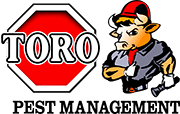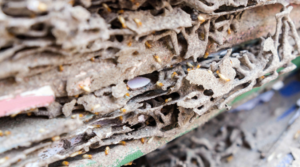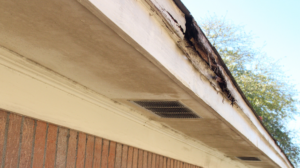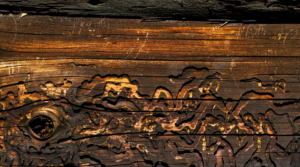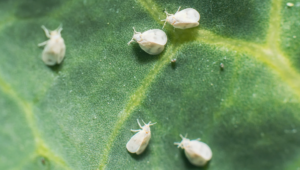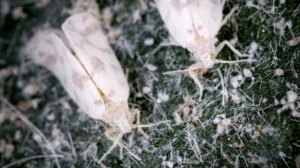Termites are often called “silent destroyers” because of their ability to chew through wood, flooring, and even wallpaper undetected. Each year, termites cause over $5 billion in property damage in the United States alone, which is typically not covered by homeowners’ insurance. Understanding the hidden dangers of termite infestation is crucial for maintaining the structural integrity and value of your property.
The Stealthy Nature of Termites
Termites thrive in dark, moist environments, making their colonies hard to detect without a professional inspection. They can enter buildings through wood that touches the ground or through cracks as small as 1/32nd of an inch in the foundation. Once inside, they are capable of navigating behind walls, insulation, and other hidden areas, silently undermining the structural components of a building.
The Damage They Cause
The primary threat from termites comes from their ability to consume cellulose-based materials, which are abundant in most buildings. Over time, termite feeding can weaken the structural beams, leading to significant damage and even collapse if left unchecked. In severe cases, the repair costs can escalate quickly, often requiring extensive renovation work to restore the building’s integrity.
Early Detection is Key
Identifying termite activity early is critical to minimizing damage and the associated repair costs. Homeowners should be vigilant for signs of termites, such as wood that sounds hollow when tapped, visible mud tubes on exterior walls, or the presence of discarded wings near doors or on windowsills. Regular inspections by a pest control professional can help catch infestations before they become severe, as these experts are trained to spot the early signs of termite presence that untrained eyes might miss.
Prevention Strategies
Preventive measures can significantly reduce the risk of termite infestation. These include maintaining a gap between soil and wood portions of a building, ensuring proper drainage away from the foundation, and storing firewood and lumber away from the home. Utilizing termite-resistant building materials and regular treatments from a pest control professional can also serve as effective deterrents.
Conclusion
The damage termites can inflict on a structure is not to be underestimated. By understanding the behaviors of these pests, actively engaging in prevention tactics, and investing in regular inspections, property owners can protect their investments from the severe and often costly repercussions of termite damage. Awareness and proactive management are the best defenses against the hidden dangers of termites.
